

Articles
How Many 8 AWG Wires In 1 Inch Conduit
Modified: January 19, 2024
Find out how many 8 AWG wires can fit in a single conduit with this informative article. Learn about wire capacity and installation guidelines.
(Many of the links in this article redirect to a specific reviewed product. Your purchase of these products through affiliate links helps to generate commission for Storables.com, at no extra cost. Learn more)
Introduction
Welcome to our article on understanding the capacity of conduits and how many 8 AWG wires can fit in one conduit. When it comes to electrical installations, it is crucial to have a clear understanding of wire gauge and conduit capacity to ensure proper functionality and safety.
Electrical conduit is a tube or pipe used to protect and route electrical wiring in a building or structure. It helps to safely contain and protect the wires from damage and external elements. Conduits come in various sizes, and their capacity determines the number and size of wires that can be safely housed within them.
Wire gauge, on the other hand, refers to the thickness or diameter of an electrical wire. The American Wire Gauge (AWG) system is commonly used to determine the size of wires, with lower gauge numbers indicating thicker wires.
In this article, we will explore how to calculate conduit capacity and delve into factors that can affect it. We will also specifically address how many 8 AWG wires can fit in one conduit. So, let’s dive in and gain a better understanding of this important aspect of electrical installations.
Key Takeaways:
- Understanding wire gauge and conduit capacity is essential for safe electrical installations. Factors such as wire size, conduit type, and temperature impact conduit capacity, requiring careful consideration for proper wire housing.
- When determining the number of 8 AWG wires that can fit in a conduit, factors like conduit size, insulation type, and fill ratio come into play. Adhering to manufacturer guidelines and consulting professionals ensures compliant and safe installations.
Read more: How Many #4 Wires In A 1 Inch Conduit
Understanding Wire Gauge
Wire gauge is a measurement of the diameter of a wire. It plays a crucial role in determining the current-carrying capacity and electrical resistance of the wire. The American Wire Gauge (AWG) system is commonly used to classify wire sizes in the United States.
The AWG system assigns a specific gauge number to each wire size, with lower numbers representing thicker wires. For example, an 8 AWG wire is thicker than a 12 AWG wire.
Wire gauge is important in electrical installations because it directly impacts the amount of current a wire can safely carry. Thicker wires can handle higher currents without overheating, while thinner wires may not be able to handle as much current and could result in safety hazards.
It is essential to choose the right wire gauge for a specific application to ensure proper functionality and safety. Factors such as the length of the wire run, the type of circuit, and the maximum current load should be taken into consideration when selecting the appropriate wire gauge.
Having a basic understanding of wire gauge allows electricians and installers to make informed decisions regarding wire selection and installation, ensuring the electrical system operates efficiently and safely.
Now that we have a better understanding of wire gauge, let’s move on to calculating conduit capacity.
Calculating Conduit Capacity
Calculating the capacity of a conduit involves determining the maximum number and size of wires that can safely fit inside it. This is essential for proper installation and to ensure that the conduit is not overloaded, which can lead to overheating and potential hazards.
There are various formulas and guidelines available to calculate conduit capacity, but one commonly used method is based on the cross-sectional area of the wires and the conduit. Here’s a step-by-step guide on how to calculate conduit capacity:
- Identify the type and size of the wires that will be installed in the conduit. This includes considering the wire gauge and insulation type.
- Determine the cross-sectional area (CSA) of each wire. This can be found in wire gauge charts or calculated using mathematical formulas.
- Calculate the total CSA of all the wires that will be installed in the conduit.
- Estimate the available CSA of the conduit. This can typically be found in conduit fill charts provided by manufacturers.
- Compare the total CSA of the wires to the available CSA of the conduit.
If the total CSA of the wires is equal to or less than the available CSA of the conduit, then the number and size of wires are within the conduit’s capacity. However, if the total CSA exceeds the available CSA, a larger conduit may be necessary to accommodate the wires safely.
It is important to note that other factors, such as the presence of bends, bends radius, and pulling tension, can also affect conduit capacity. These factors may require additional calculations or adjustments to ensure proper wire installation.
Consulting the National Electrical Code (NEC) and local electrical regulations is recommended to ensure compliance with relevant standards and guidelines when calculating conduit capacity.
Now that we understand how to calculate conduit capacity, let’s explore some factors that can affect it.
When determining how many 8 AWG wires can fit in a conduit, you should refer to the National Electrical Code (NEC) for specific guidelines on conduit fill calculations. The number of wires allowed will depend on the type and size of the conduit, as well as the insulation type of the wires. Always consult the NEC and local electrical codes for accurate information.
Factors Affecting Conduit Capacity
Several factors can affect the capacity of a conduit, determining the number and size of wires that can safely fit inside it. It’s essential to consider these factors when planning an electrical installation to ensure that the conduit is not overloaded and can accommodate the required wiring. Here are some key factors that can impact conduit capacity:
- Wire Size and Gauge: The size and gauge of the wires being installed in the conduit play a significant role in determining its capacity. Thicker wires occupy more space and may require a larger conduit. Wire gauge charts and calculations can help determine the cross-sectional area of the wires.
- Conduit Type: Different types of conduits have varying capacities. For example, a rigid metal conduit may have more space compared to a flexible non-metallic conduit of the same size. The material and construction of the conduit affect its internal dimensions.
- Conduit Size: The size of the conduit itself is a crucial factor. Larger conduit sizes provide more space for wires, allowing for a higher capacity. It’s essential to select the correct conduit size based on the number and size of wires that need to be accommodated.
- Conduit Fill Ratio: The conduit fill ratio is the proportion of the available space in the conduit that can be occupied by wires. Manufacturers provide conduit fill charts that specify the maximum fill ratio for different wire sizes and conduit types. It is important to adhere to these guidelines to avoid overfilling the conduit.
- Installation Conditions: The installation conditions, such as bends, curves, and junction boxes, can impact the overall capacity of the conduit. Bends and curves reduce the available space for the wires, and junction boxes require additional room for connections, potentially affecting the conduit capacity.
- Temperature: Extreme temperatures can affect the insulation properties of the wires, which may impact the conduit capacity. It’s important to consider the temperature rating of the wires and ensure that the conduit can accommodate them securely.
Considering these factors is critical for a successful electrical installation. By carefully evaluating and accounting for these variables, electricians and installers can determine the appropriate conduit size and ensure that the wires are safely housed within the conduit.
Now that we understand the factors affecting conduit capacity, let’s address the specific question of how many 8 AWG wires can fit in one conduit.
How Many 8 AWG Wires Can Fit in 1 Conduit?
When determining how many 8 AWG wires can fit in 1 conduit, several factors come into play. These include the conduit size, the type of conduit, the insulation type of the wires, and the conduit fill ratio specified by the manufacturer.
To determine the specific number, we need to refer to conduit fill charts, which provide guidelines for the maximum fill ratio allowed for different conduit sizes and wire types.
For example, let’s consider a 1/2 inch metal conduit with a Type THHN insulation. According to a standard conduit fill chart, the maximum fill ratio for this conduit size is approximately 40%. This means that the wires’ combined cross-sectional area should not exceed 40% of the conduit’s internal area.
Using the conduit fill chart, we find that the maximum number of 8 AWG THHN wires that can fit in a 1/2 inch conduit is typically around 7 to 9 wires, depending on the specific chart and manufacturer guidelines. It’s important to note that this is a general estimation, and it may vary depending on the specific situation and requirements.
It’s crucial to adhere to the guidelines provided by the manufacturer and relevant electrical codes when determining conduit capacity and the number of wires that can be safely housed within it. Exceeding the recommended fill ratio can lead to overheating, reduced airflow, and potential safety hazards.
Additionally, it’s essential to consider other factors that may affect conduit capacity, such as bends, curves, and junction boxes. These factors can further impact the space available for the wires and may require adjustments to the number of wires that can be installed in the conduit.
Consulting a professional electrician or referring to the National Electrical Code (NEC) is recommended to ensure accurate calculations and compliance with electrical standards and regulations.
Now that we have a better understanding of the factors affecting conduit capacity and the specific question of 8 AWG wires in 1 conduit, let’s conclude our discussion.
Read more: How Many Wires In 1/2 Inch Conduit
Conclusion
Understanding wire gauge and conduit capacity is crucial for ensuring the safe and efficient installation of electrical wiring. Wire gauge determines the thickness of a wire and directly affects its current-carrying capacity. On the other hand, conduit capacity determines the number and size of wires that can be safely housed within a conduit.
Calculating conduit capacity involves considering factors such as wire size, conduit type, conduit size, conduit fill ratio, installation conditions, and temperature. By carefully considering these factors, electricians and installers can determine the appropriate conduit size and ensure that the wires are safely contained within the conduit.
When it comes to 8 AWG wires, the number that can fit in one conduit depends on various factors, including conduit size, insulation type, and conduit fill ratio. Referring to conduit fill charts provided by manufacturers can help determine the maximum number of 8 AWG wires that can be accommodated within a specific conduit size.
It is important to always follow manufacturer guidelines and relevant electrical codes to ensure compliant installations and minimize safety risks. Adhering to these recommendations helps prevent overloading the conduit, reducing the risk of overheating and potential hazards.
If you have specific wiring requirements or are unsure about the capacity of a conduit, it is recommended to consult a professional electrician who can provide accurate calculations and guidance based on your specific situation.
By understanding wire gauge, conduit capacity, and the factors that affect them, you can ensure the safe and efficient installation of electrical wiring. It’s important to prioritize safety and compliance with electrical standards to create a reliable and secure electrical system.
We hope this article has provided you with valuable insights into the capacity of conduits and the considerations associated with 8 AWG wires. Should you have any further questions, don’t hesitate to reach out to a qualified professional for assistance.
Frequently Asked Questions about How Many 8 AWG Wires In 1 Inch Conduit
Was this page helpful?
At Storables.com, we guarantee accurate and reliable information. Our content, validated by Expert Board Contributors, is crafted following stringent Editorial Policies. We're committed to providing you with well-researched, expert-backed insights for all your informational needs.
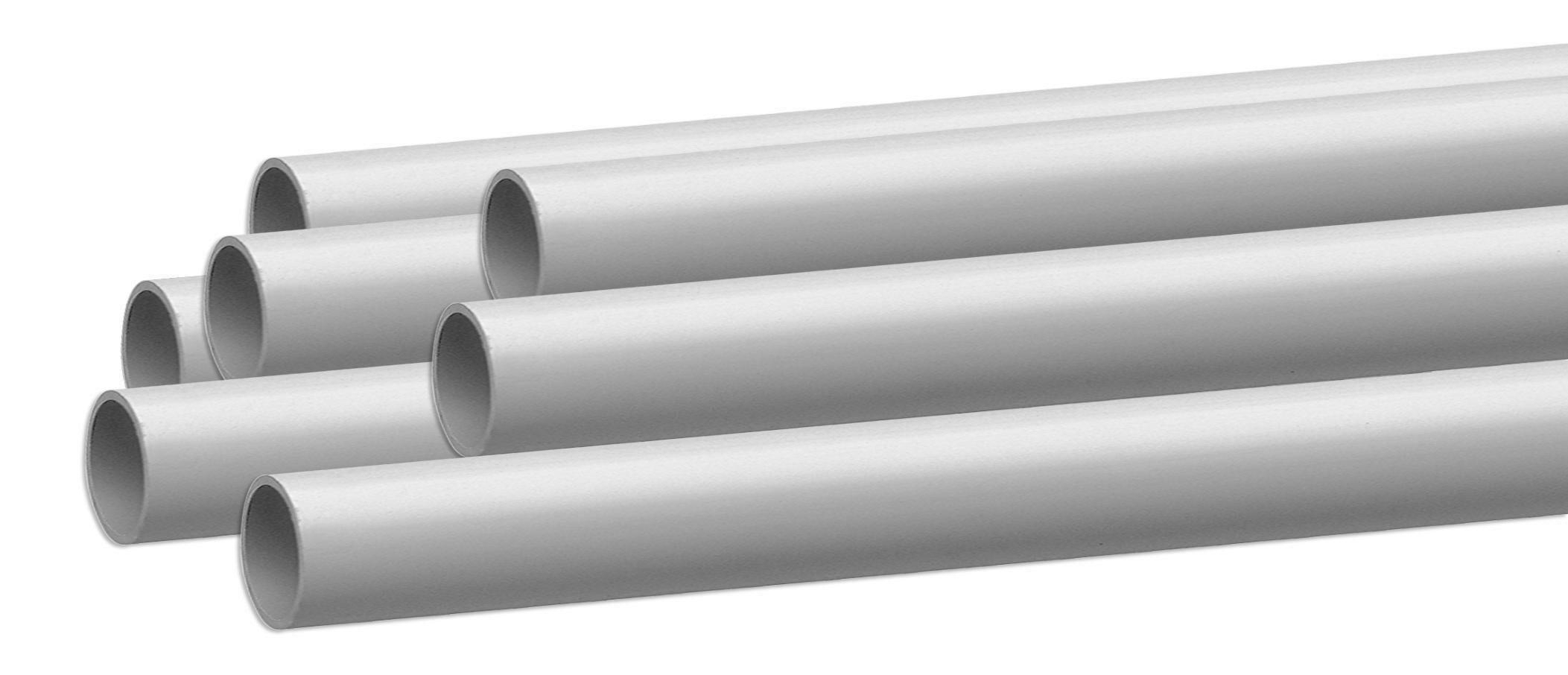

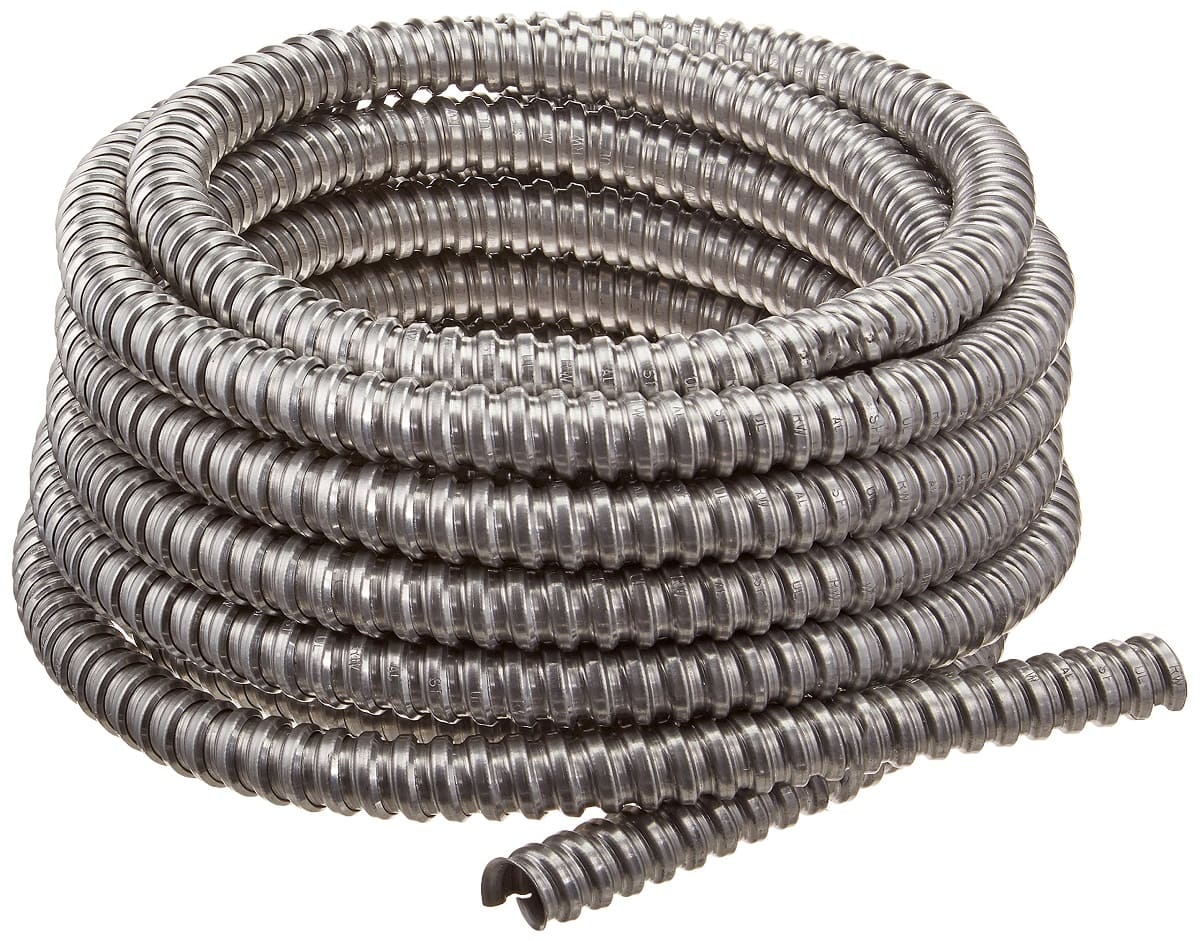
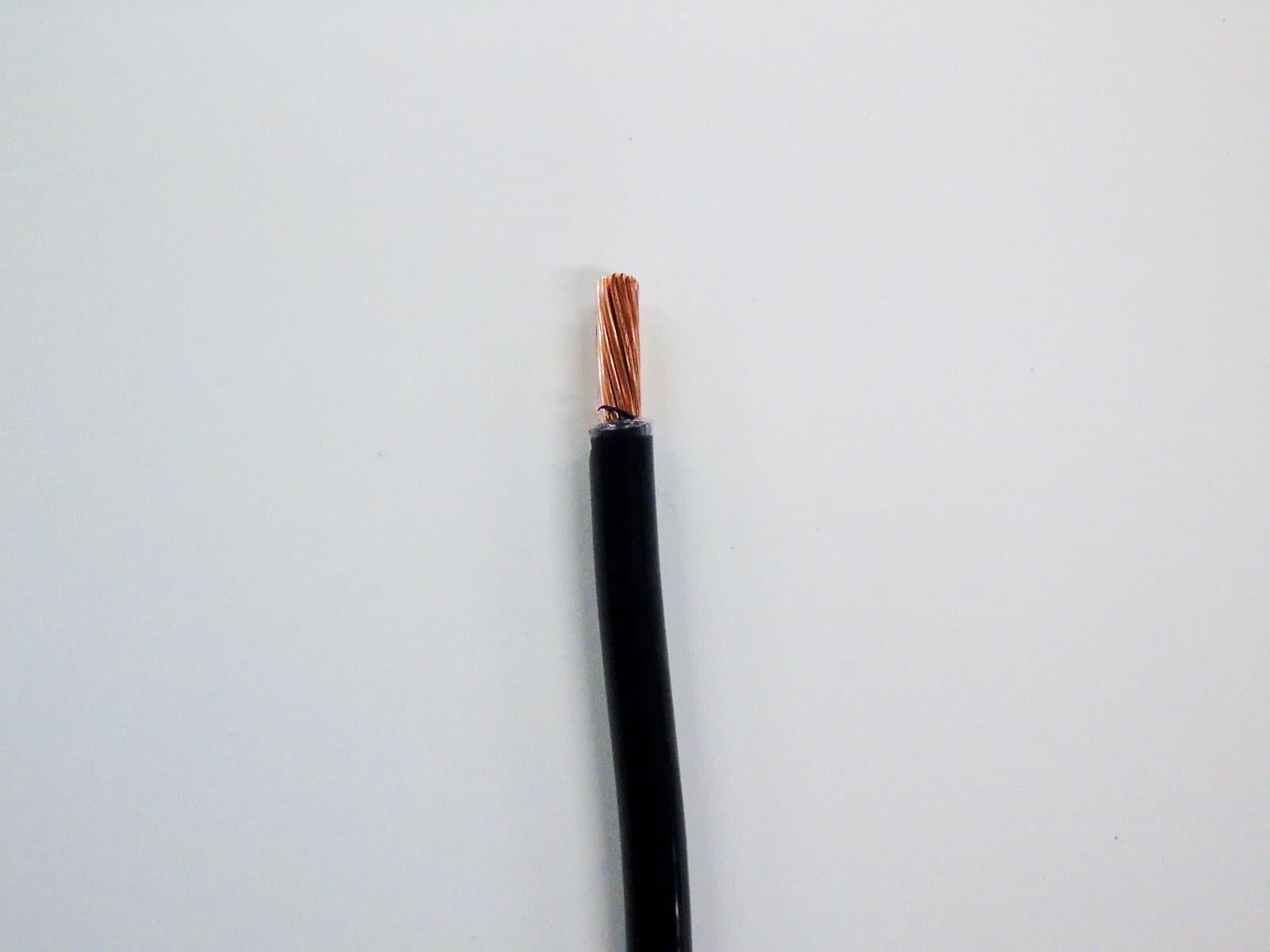
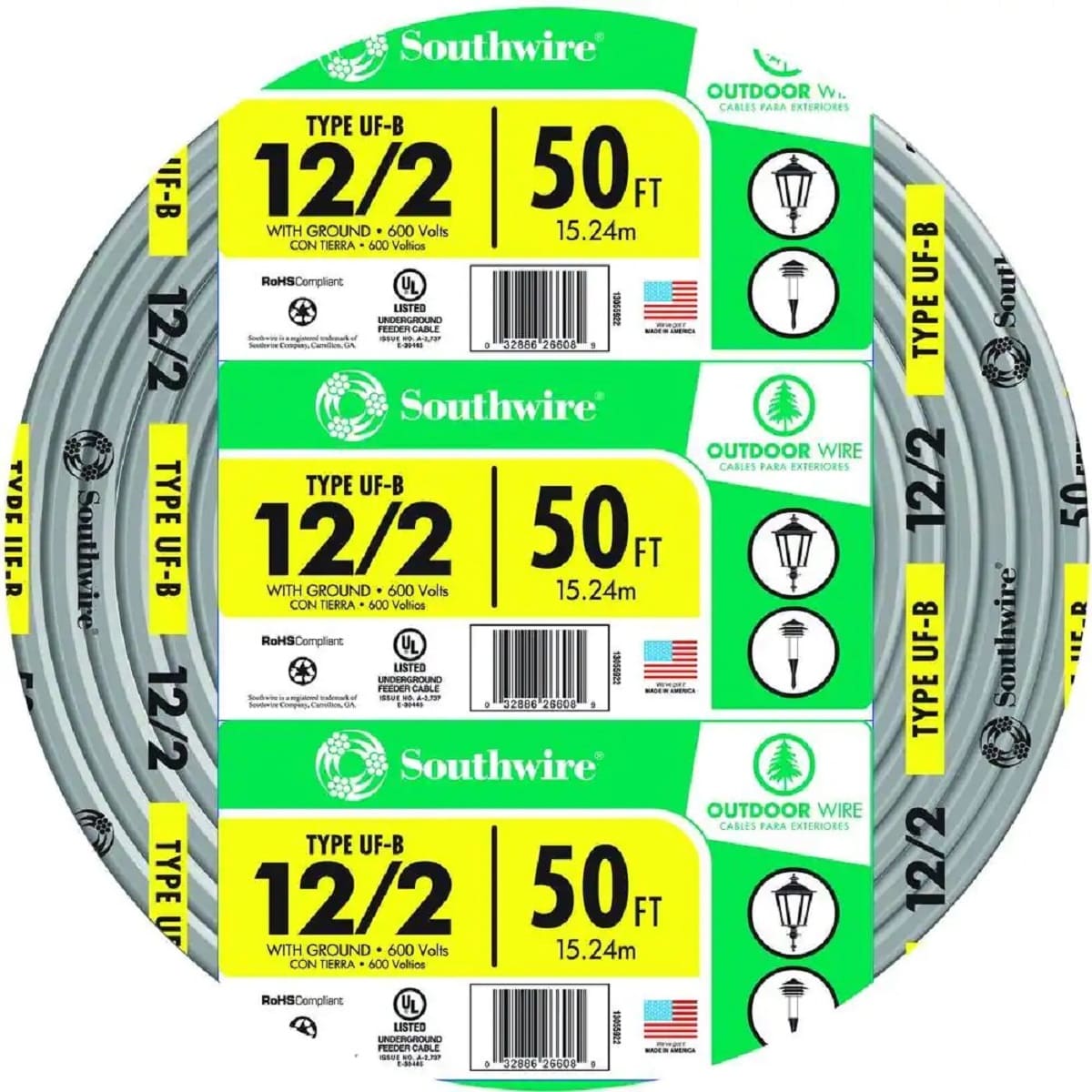

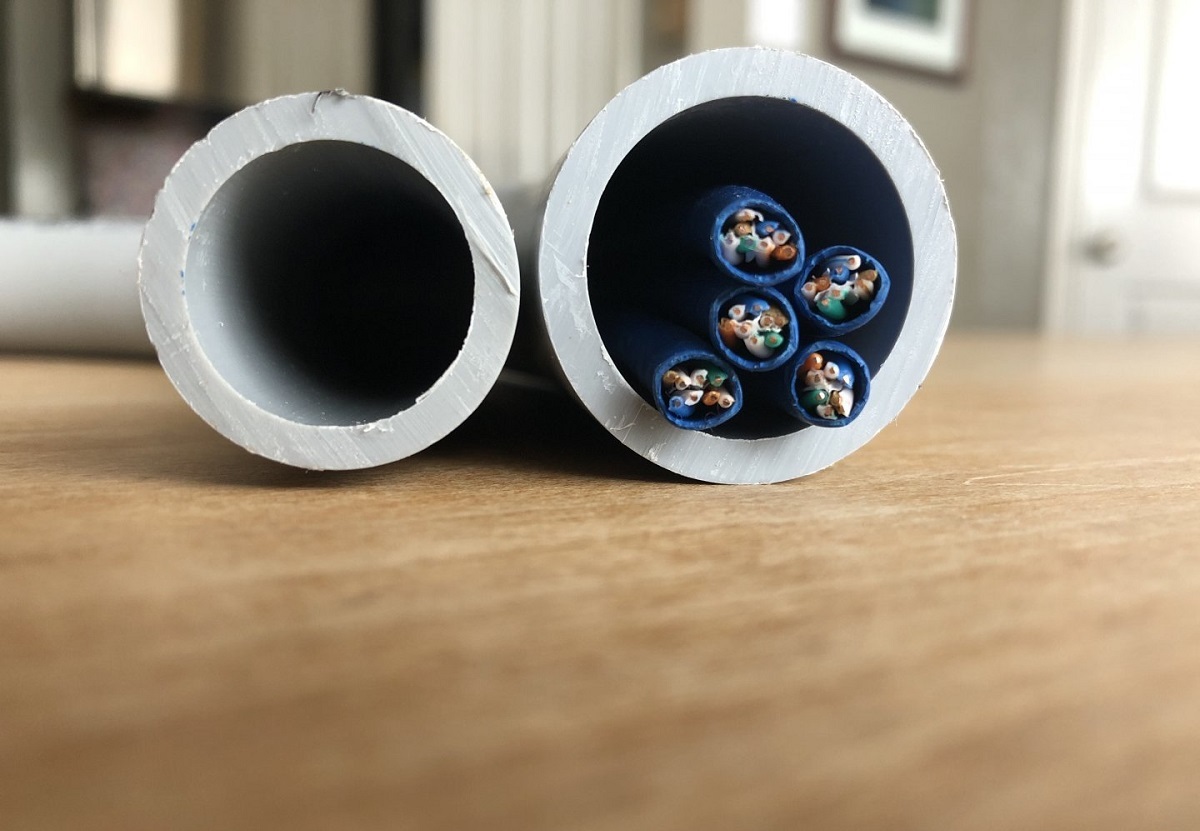
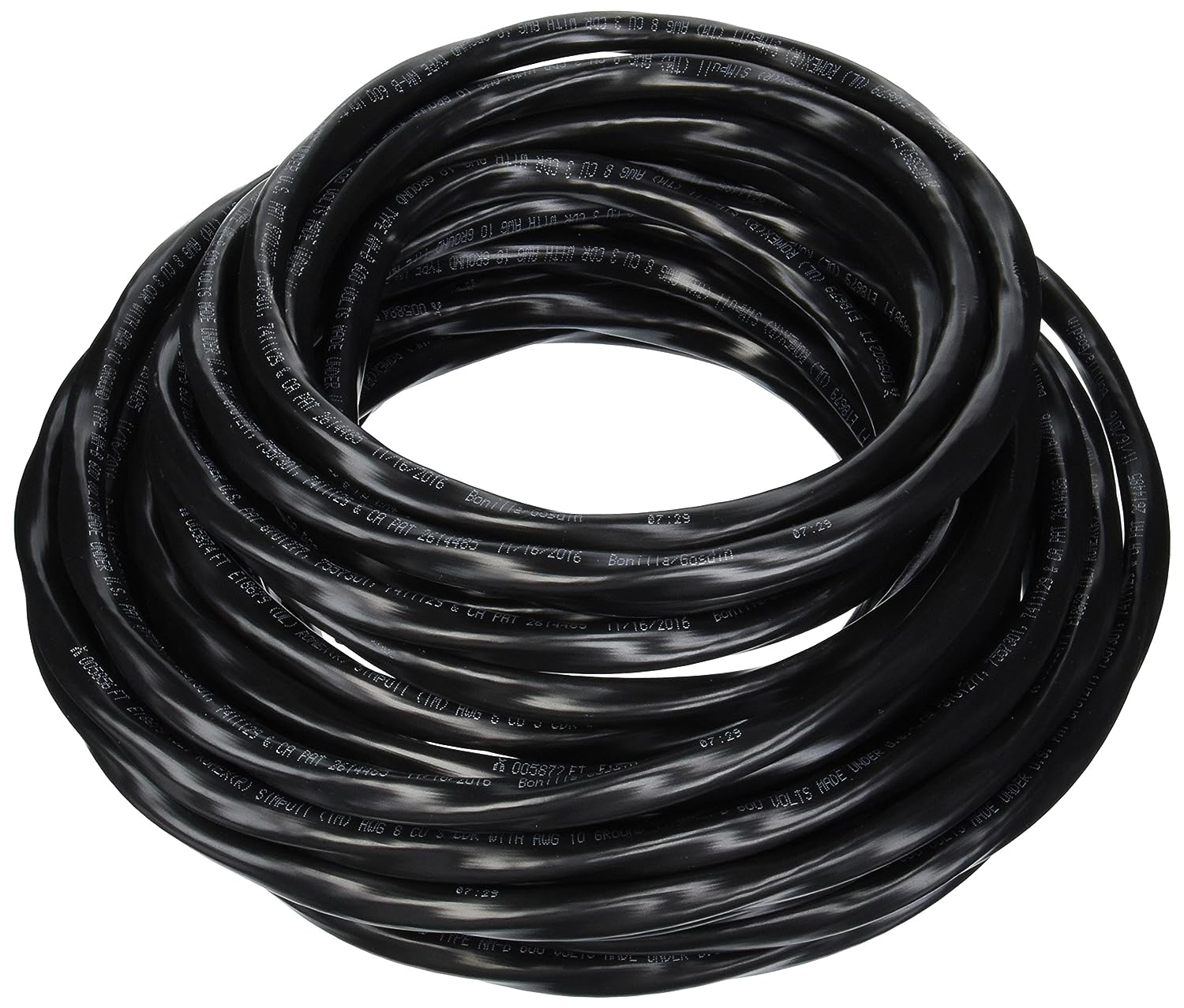
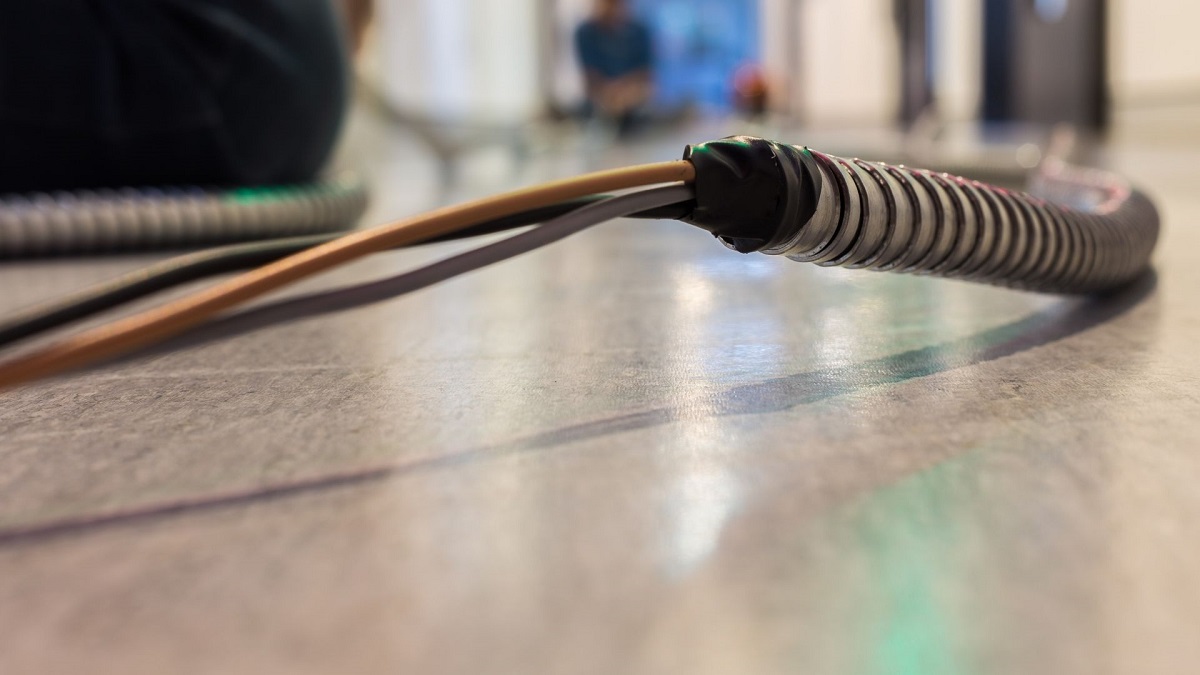
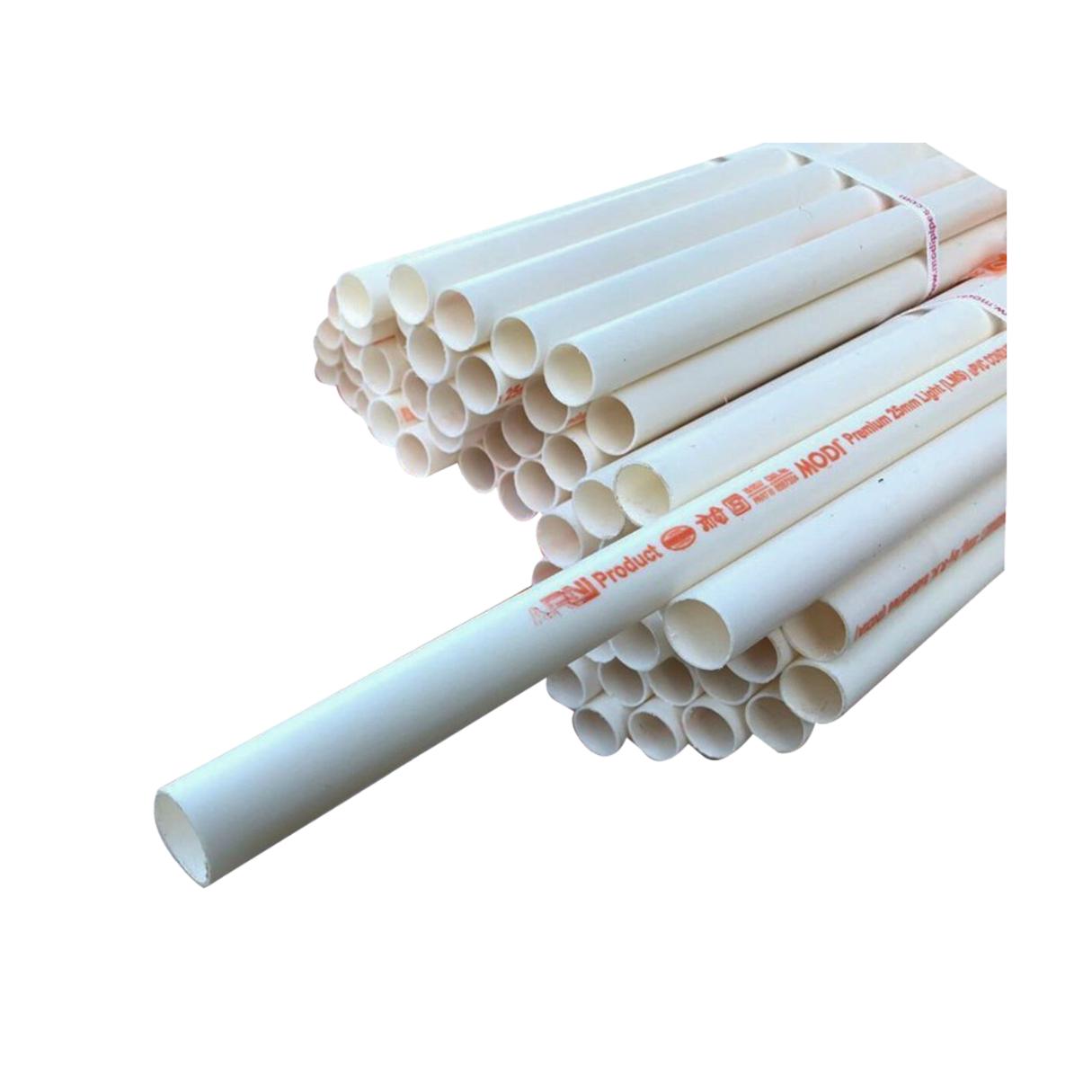
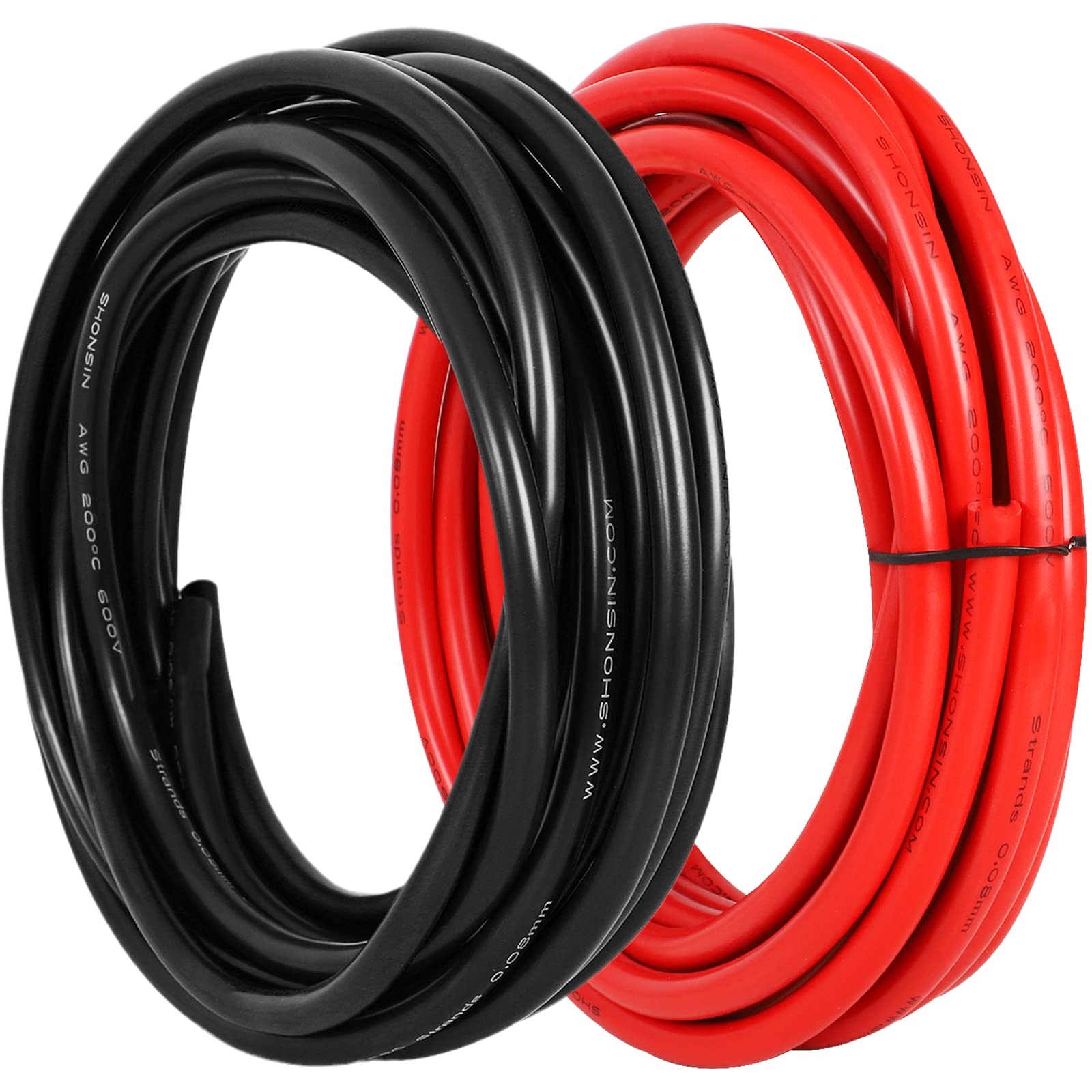
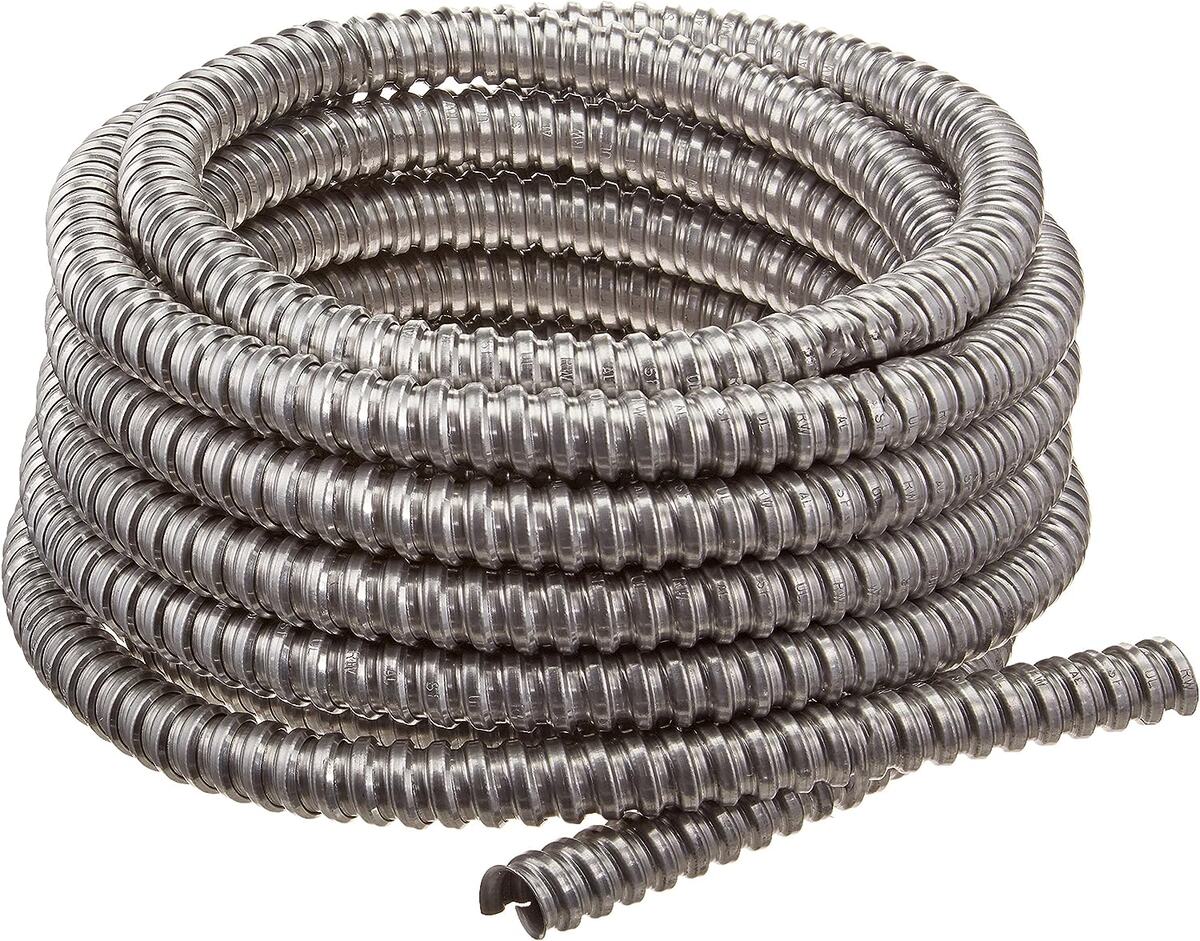
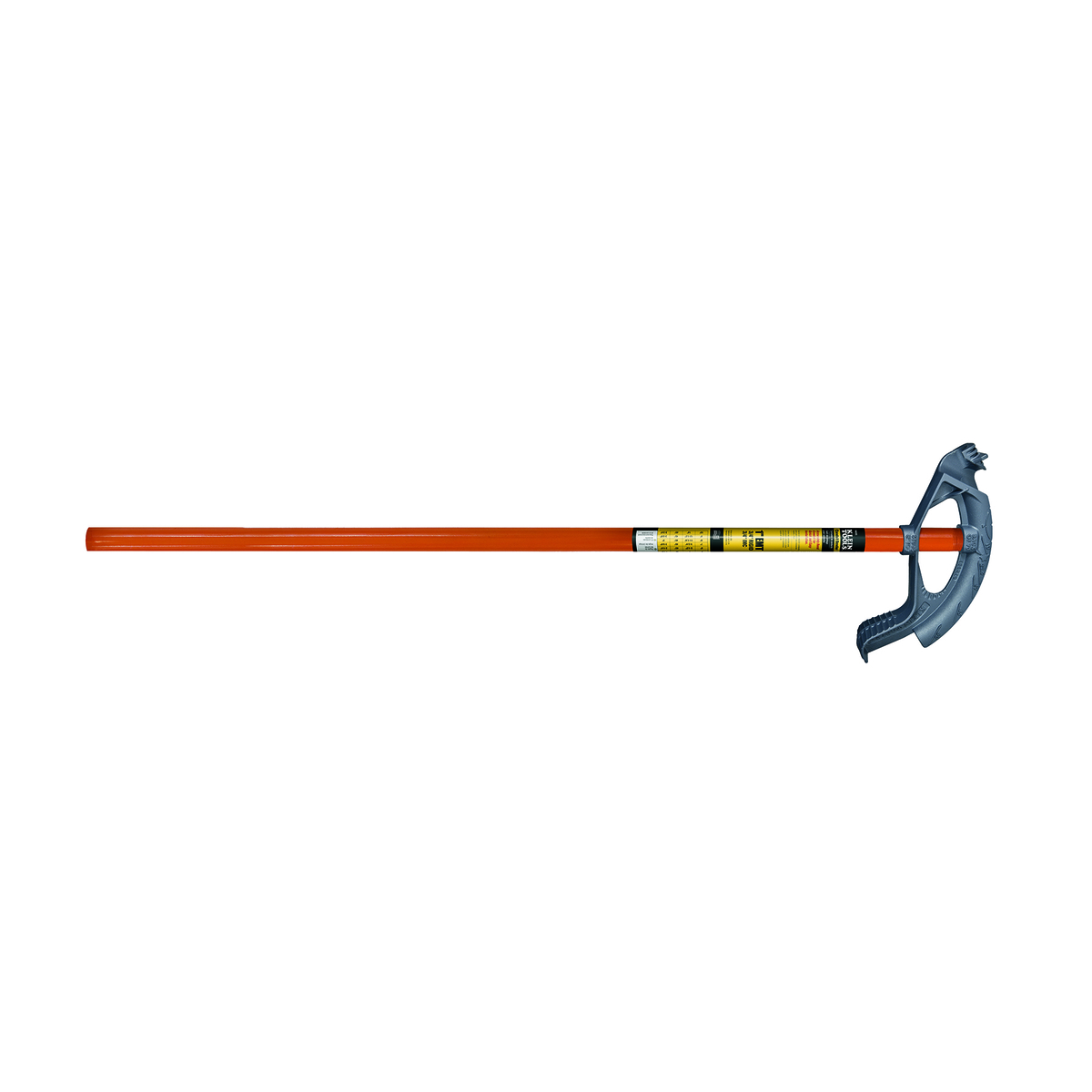
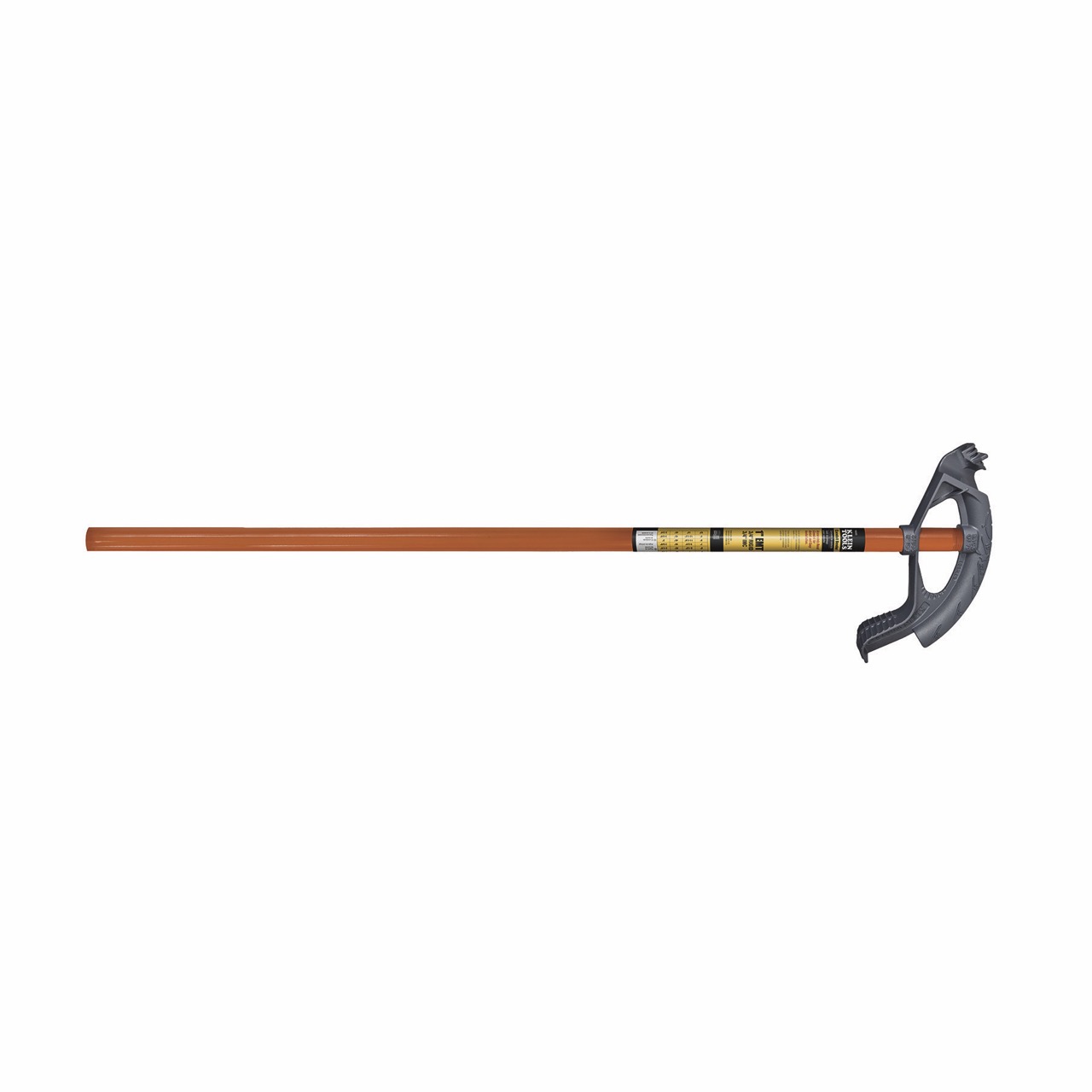

0 thoughts on “How Many 8 AWG Wires In 1 Inch Conduit”